Table of Contents
Top 5 Dry Mint Substitutes
| Substitute | Best For | Conversion Ratio | Flavor Profile |
|---|---|---|---|
| Fresh Mint | Savory dishes, salads, Middle Eastern cuisine | 1 tsp dry = 1 tbsp fresh | Bright, herbal, slightly sweet; higher water content |
| Spearmint | Beverages, yogurt sauces, light salads | 1:1 ratio | Milder than peppermint; clean, refreshing |
| Peppermint | Desserts, teas, chocolate-based recipes | 1 tsp dry = 1/2 tsp peppermint | Strong menthol; cooling intensity |
| Lemon Balm | Herbal teas, light sauces, seafood | 1 tsp dry = 1 tsp lemon balm | Citrusy, mild; no minty coolness |
| Basil | Italian dishes, pasta, tomato-based recipes | 1 tsp dry = 3/4 tsp basil | Anise-clove notes; sweet and savory |
Fresh Mint
Fresh mint is the closest substitute for dried mint in savory applications. Its higher water content means you'll need to use three times the volume compared to dried. For example: 1 teaspoon dried mint = 1 tablespoon finely chopped fresh mint. Add fresh mint at the end of cooking to preserve its delicate flavor. Ideal for tabbouleh, Greek yogurt sauces, and Middle Eastern lamb dishes where authentic freshness matters.
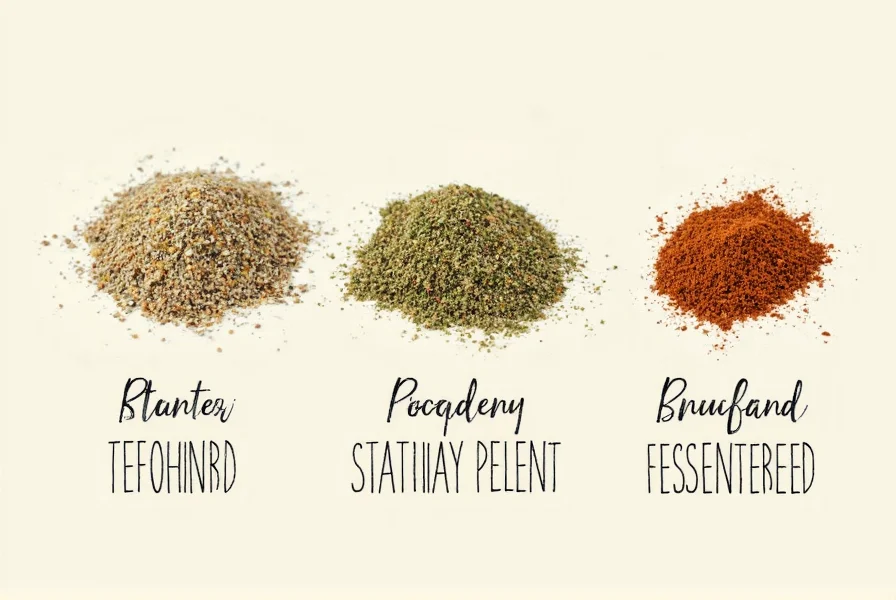
Spearmint
Spearmint provides a milder, sweeter alternative to regular mint. It works perfectly in beverages like mint juleps or iced tea where you want refreshing notes without overpowering intensity. Use a 1:1 ratio when substituting for dried mint. Spearmint's clean flavor profile makes it ideal for Middle Eastern dishes like fattoush salad or tzatziki where traditional mint flavor is required but less intense.

Peppermint
Peppermint has significantly stronger menthol notes than regular mint. Use only half the amount when substituting for dried mint (1 tsp dried = 1/2 tsp peppermint). This substitute shines in desserts like mint chocolate chip cookies, hot cocoa, or mint tea where intense cooling is desired. Avoid in savory dishes as its strong flavor can overwhelm traditional Middle Eastern recipes.
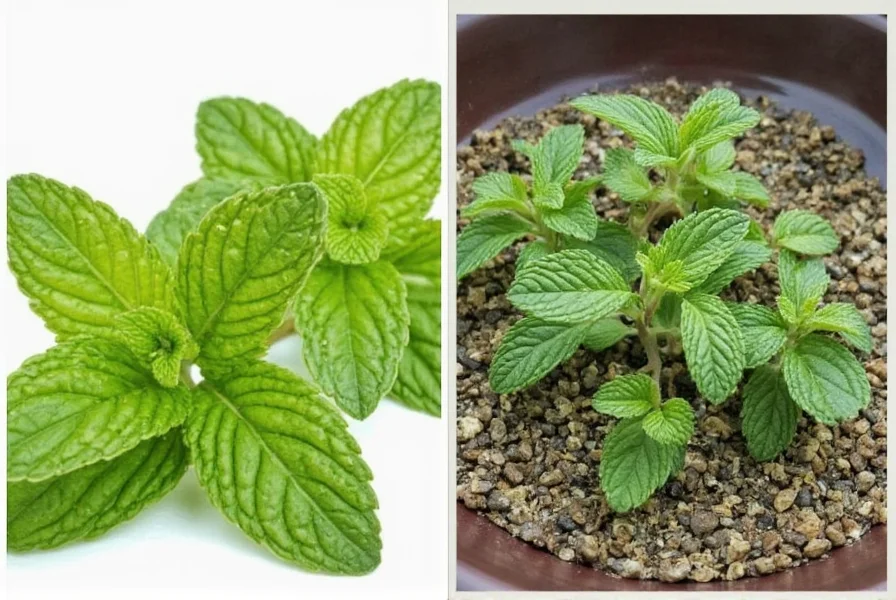
Lemon Balm
Lemon balm offers a citrusy alternative without mint's cooling sensation. It works best in herbal teas, seafood dishes, or light salad dressings. Use equal amounts to dried mint (1:1 ratio). While not a perfect flavor match, it provides similar brightness with lemony notes. Perfect for Mediterranean-inspired dishes where you want freshness without traditional mint flavor.
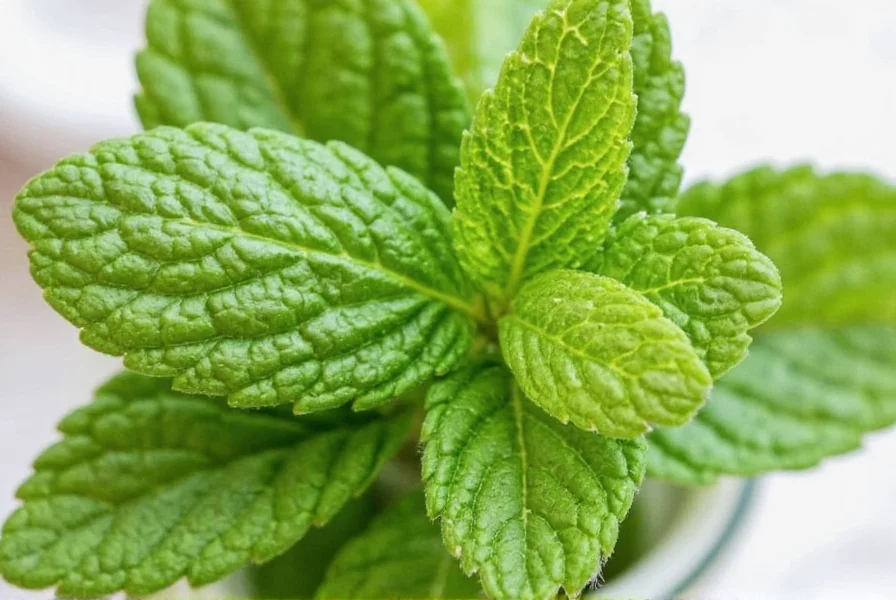
Basil
Sweet basil brings anise and clove notes that complement tomato-based dishes and Italian cuisine. Use 3/4 the amount of basil compared to dried mint (1 tsp dried = 3/4 tsp basil). While not a direct substitute, it creates interesting flavor combinations in pasta sauces, Caprese salads, or pesto. Avoid in Middle Eastern recipes where mint's coolness is essential.
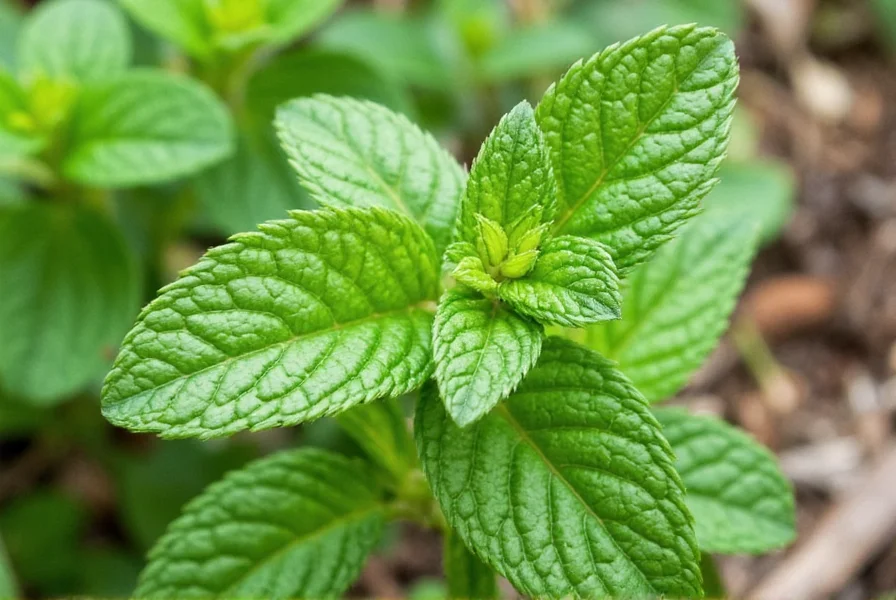
Cooking Tips for Dry Mint Substitutes
- Start with less: Always begin with 75% of the recommended amount and adjust to taste
- Timing matters: Add delicate herbs like fresh mint at the end of cooking; heartier herbs like basil can be added earlier
- Pairing guide: - Spearmint pairs with lemon and honey in beverages - Peppermint complements chocolate and berries - Lemon balm enhances fish and chicken dishes - Basil works with tomatoes, mozzarella, and olive oil
- Storage: Keep substitutes in airtight containers away from light to preserve potency

Frequently Asked Questions
What's the best substitute for dry mint in Middle Eastern dishes?
For authentic Middle Eastern recipes like tabbouleh or yogurt sauces, fresh mint or spearmint are ideal. Use a 1:1 ratio for spearmint or 1 tsp dry = 1 tbsp fresh mint. Avoid peppermint as its strong menthol flavor doesn't align with traditional Middle Eastern flavor profiles. Lemon balm can work in lighter dishes but lacks the traditional mint character.
How do I substitute fresh mint for dry mint in recipes?
Use three times the volume of fresh mint compared to dried (1 tsp dried = 1 tbsp fresh). Since fresh mint has higher water content and brighter flavor, add it at the end of cooking to preserve its delicate taste. For dried mint in a sauce, add fresh mint during the last 2 minutes of cooking.
Can I use peppermint instead of regular mint in savory dishes?
Not recommended. Peppermint's strong menthol flavor will overpower most savory dishes. It works best in desserts, teas, and chocolate-based recipes where intense cooling is desired. For savory applications, use spearmint or fresh mint instead with proper conversion ratios.
Which substitute works for mint-heavy beverages?
Spearmint is the gold standard for minty beverages like mojitos and iced tea. Its clean, refreshing profile provides perfect balance without overwhelming sweetness. For mint tea, peppermint works well but use half the amount (1 tsp dried = 1/2 tsp peppermint) to avoid overpowering the tea.
Are there non-herb substitutes for dry mint?
Yes! For beverages, lemongrass provides similar refreshing properties with citrus notes. In some Middle Eastern recipes, a pinch of fresh dill can mimic mint's brightness in yogurt sauces. For desserts, a drop of mint extract (use 1/4 tsp extract per 1 tsp dried mint) works but lacks the herbal complexity of whole leaves.
Conclusion
When you need a dry mint substitute, the right choice depends entirely on your recipe's flavor profile and application. Fresh mint and spearmint maintain authenticity in savory dishes, while peppermint shines in desserts. Lemon balm and basil offer creative alternatives for specific culinary applications. Always remember: start with less, taste as you go, and adjust based on your palate. With these expert-tested substitutions, you'll never be without the perfect minty flavor again.
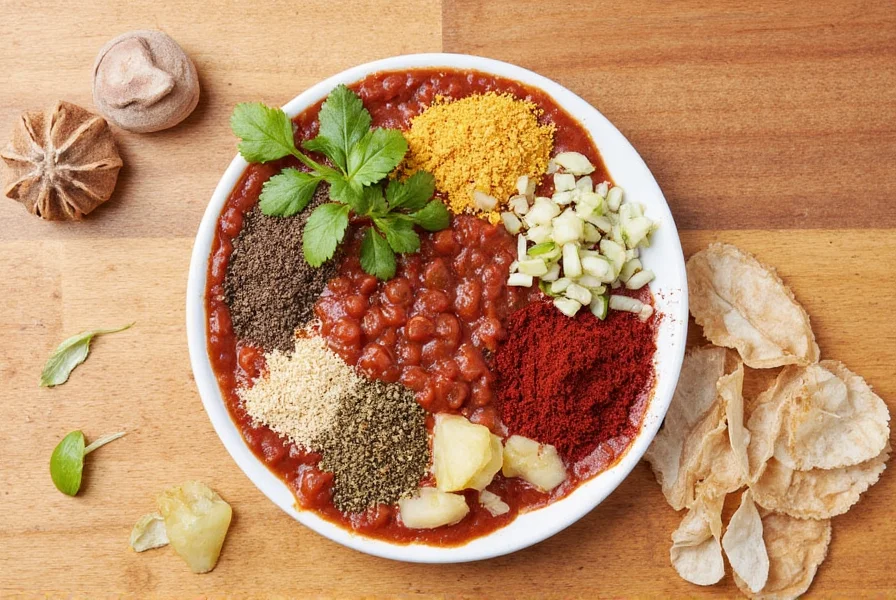










 浙公网安备
33010002000092号
浙公网安备
33010002000092号 浙B2-20120091-4
浙B2-20120091-4